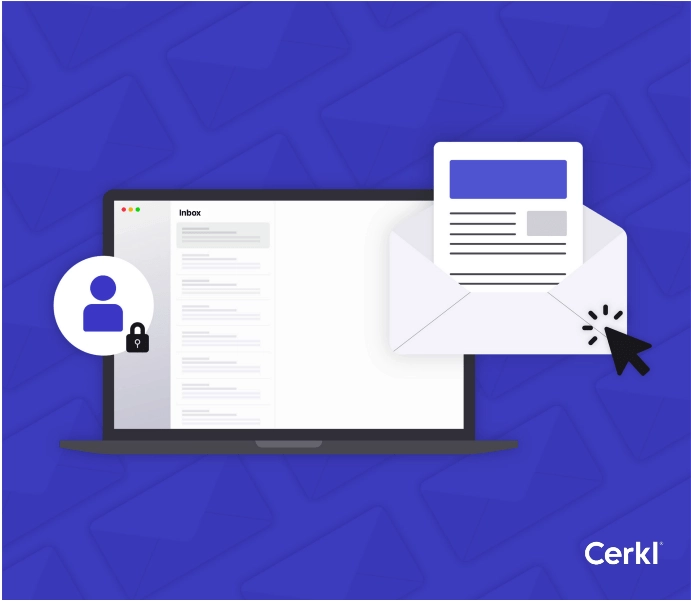With the digital revolution in full swing, employers are seeking a specific skill set and employees are seeking more variety and scheduling flexibility.


Employee communications are continuously changing with technology. Ensure your employee communications are up to date, leveraging data, and measuring sucess properly with our Employee Communications White Paper.
Access NowCommunication Strategist Natalie Hastings’ favorite office set up is a couch, a computer, and a 70-pound rescue dog at her side.
After more than a decade in PR and Marketing, she decided to strike out on her own, seeking flexibility for her family. Natalie is brought in by businesses of all sizes to help them refine their media and public relations strategies. She’s one of the 57 million Americans who make up the freelance economy.
The world of work is changing for employers and employees alike. With the digital revolution in full swing, employers are seeking an always-evolving skill set that’s nearly impossible to hire for and employees are seeking more variety and scheduling flexibility.
Enter the Gig Economy and the freelancers who make it possible.
When you think of gigs, musicians might come to mind but that’s a small part of the picture. The US Bureau of Labor Statistics says gig workers are most commonly found in IT, construction, communications, transportation and yes, the arts. Thanks to widespread Wi-Fi, simplified website creation, and smart software solutions there’s never been a better time to strike out on your own.
As a business leader, there are many times you might find yourself in need of expertise you simply don’t have in-house and freelancers are a great option.
Finding the right freelancer is going to take a bit of detective work. Natalie suggests activating your network and asking around, “My best clients are through word-of-mouth referrals where we know someone in common. I would also consider using the LinkedIn ProFinder search, and just straight LinkedIn. ”
She says that local professional organizations are great places to list your gig.
Even though hiring a freelancer doesn’t have the long-term implications of a full hire, you will want to ask a few questions to be sure the person is the right fit for your organization’s needs. Natalie suggests that you ask a few questions beyond the project-specific ones to avoid headaches down the road.
If you want your freelance relationship to be a success, Natalie says it’s good to start by identifying your overall objective. “‘Sending out a press release’ or ‘Getting some media’ is not an objective,” Natalie warns. “An objective might be increasing awareness of a certain market.”
Although having freelancers will help lighten your workload, it may take some of your time to get your contractor set up with the access they need to be successful. “Make sure you have the time to commit to onboarding them and introducing them to the right people on your team,” Natalie advises. “You need to set aside your time or someone else’s on your team to truly be in a relationship with them and to provide feedback and direction.”
For Natalie, the last three years have been challenging in the best possible way, “My favorite parts are getting to work with many different types of people and clients. I only work with nice, likable people with whom I can find a common ground on our working styles. Life is too short.”
Experience firsthand the transformative power of these collaborations—request a demo today and witness Natalie's expertise in action.